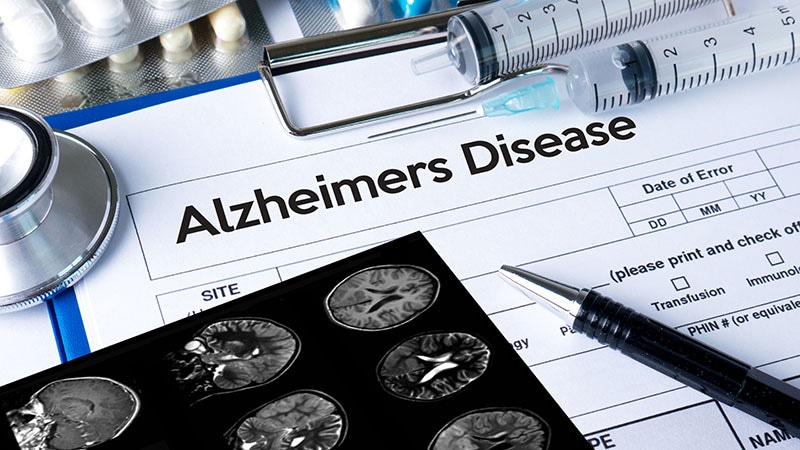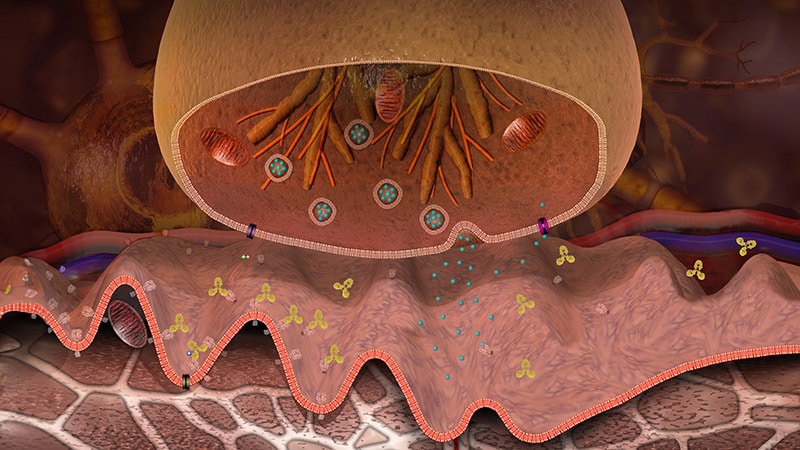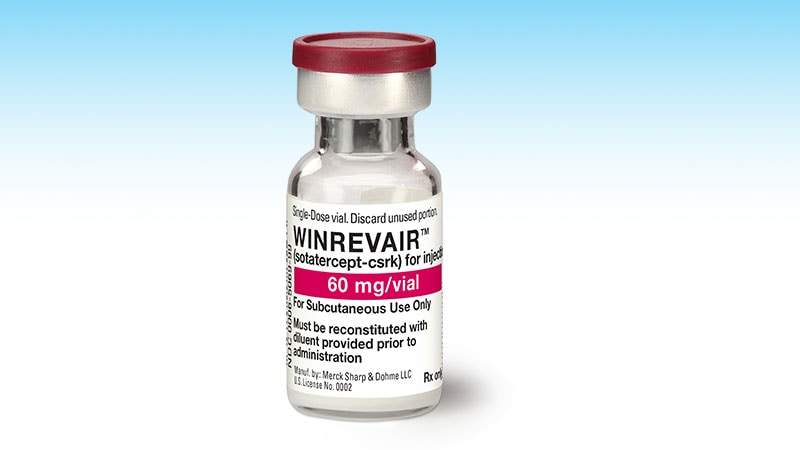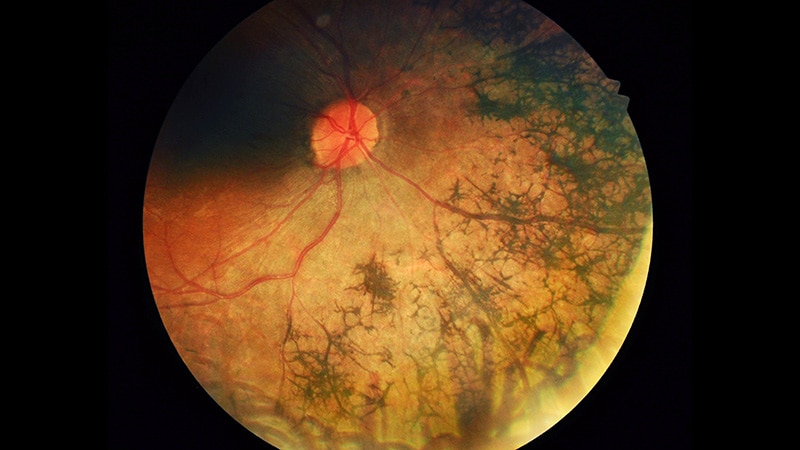The European Medicines Agency has recommended the first emergency treatment for allergic reactions to be administered as a nasal spray, not as an injection.
Eurneffy (epinephrine) should be granted a marketing authorization for anaphylaxis and idiopathic or exercise induced anaphylaxis, the agency's Committee for Medicinal Products for Human Use (CHMP) decided at its June meeting.
Anaphylaxis is the most severe form of allergic reaction, often occurring within minutes of exposure to an allergen, usually from food, medication, or insect stings. Any delay in diagnosis and treatment can result in airway obstruction or cardiovascular collapse, which can be fatal.
Treatment with epinephrine, also known as adrenaline, decreases the anaphylactic reaction by binding to adrenergic receptors, inhibiting the widening of blood vessels and blood vessel permeability induced by histamine during anaphylaxis. Adrenaline also relaxes the smooth muscles in the lungs. This leads to improved blood flow and easier breathing.
Treatment Delays
Although epinephrine autoinjectors are highly effective as an emergency treatment when used properly, the CHMP explained that some patients and caregivers delay or fail to administer treatment. This can be due to a fear of the needle, concerns over whether they need medical training to give an injection, or because the device is not accessible.
The efficacy and safety of Eurneffy (Ars Pharmaceuticals) were evaluated in 537 healthy people aged 19-55 years enrolled in 14 clinical studies. These trials compared Eurneffy with medicinal products where the adrenaline was injected intramuscularly. They assessed blood pressure and heart rate, as well as how the medicine is absorbed in, modified by, and removed from the body.
These results demonstrated that the adrenaline nasal spray is absorbed rapidly by the nasal mucosa and distributed through the body, with effects comparable to those of products given by intramuscular injection, according to the CHMP.
No significant adverse events were reported in the clinical trials. The most common side effects were similar to those experienced with injections and included nausea, headache, throat irritation, and dizziness. Additionally, nasal discomfort and a runny nose were associated with use of the spray.
The committee recommended that additional risk minimization measures, including training videos and other digital educational materials, should be made available to patients, carers, and healthcare professionals to prevent inappropriate use of the device.
The final decision on granting a marketing authorization in the European Union will be made by the European Commission.

.webp) 2 days ago
4
2 days ago
4





























 English (US)
English (US)